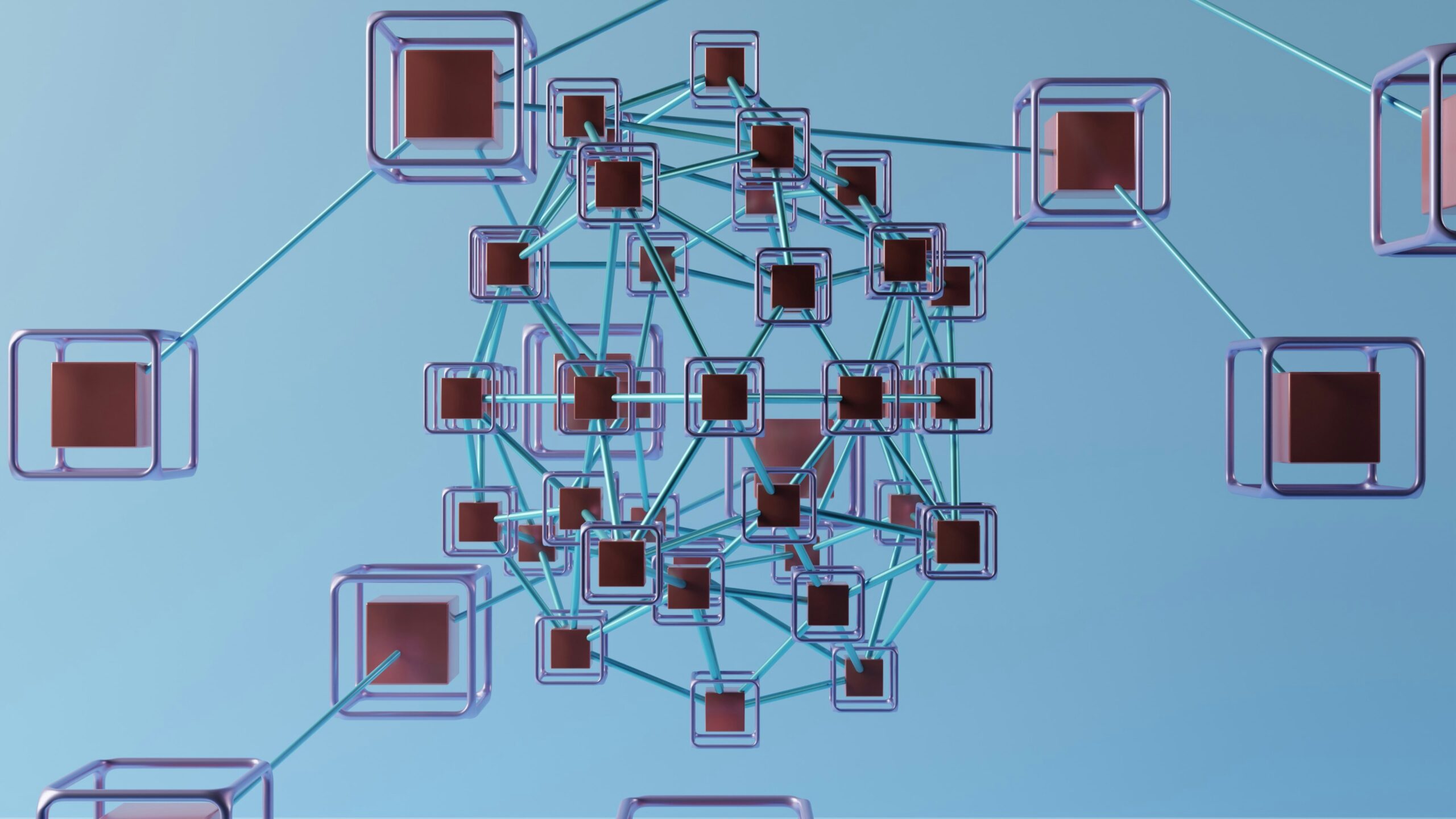As our world becomes increasingly digital, the way we interact is evolving at lightning speed. Enter Frehf: a revolutionary framework designed to redefine human interaction in the digital age. It’s not just about technology; it’s about creating meaningful connections that transcend screens and algorithms. With Frehf, individuals and businesses alike can harness the power of effective communication to thrive in this fast-paced environment. Are you ready to explore how this innovative concept can reshape your interactions? Let’s dive into the future-ready world of Frehf!
Understanding the Importance of Digital Interaction
Digital interaction plays a crucial role in today’s interconnected world. It shapes how we communicate, collaborate, and engage with each other.
As technology evolves, the way we interact has shifted dramatically. From social media to virtual meetings, these platforms allow us to connect beyond geographical boundaries.
Effective digital interaction enhances relationships—both personal and professional. It fosters understanding and builds trust among users, which is essential for collaboration.
Moreover, businesses rely on digital interactions to reach their audience effectively. Engaging content can drive brand loyalty and encourage customer feedback.
With the rise of remote work, mastering digital communication tools has become more vital than ever. The ability to adapt influences productivity and teamwork significantly.
In essence, recognizing the importance of these interactions sets the foundation for success in various aspects of life today.
Key Principles of the Frehf Framework
The Frehf framework is built on several key principles that guide digital interactions. At its core, it emphasizes empathy. Understanding users’ emotions and needs fosters stronger connections.
Another fundamental principle is adaptability. The digital landscape changes rapidly, and the ability to adjust strategies accordingly is crucial for success. Flexibility allows individuals and businesses to remain relevant.
Collaboration also plays a vital role in Frehf. Working together with diverse teams enhances creativity and innovation. Shared ideas lead to richer experiences.
Transparency stands out as well. Being open about processes builds trust among users, making them more likely to engage with digital platforms.
Continuous learning underpins the framework’s effectiveness. Embracing new knowledge ensures ongoing improvement in interaction practices, benefiting both personal growth and organizational development within the ever-evolving digital space.
How Frehf can benefit individuals and businesses
The Frehf framework offers transformative benefits for both individuals and businesses. For personal growth, it fosters adaptability in a rapidly changing digital landscape. Individuals can improve their communication skills and enhance emotional intelligence through structured interactions.
Businesses stand to gain significantly as well. By adopting the Frehf principles, organizations can streamline team collaboration. This leads to increased productivity and innovation.
Customer engagement also sees a boost with Frehf’s focus on creating meaningful digital interactions. Brands that understand their audience better can tailor experiences that resonate deeply.
Moreover, the framework encourages continual learning and evolution within teams. This proactive approach cultivates resilience against market fluctuations while promoting agile thinking among employees.
Whether you’re looking to grow personally or elevate your business strategy, embracing the Frehf model opens new avenues for success in an interconnected world.
Implementing the Frehf Framework in Daily Life
Implementing the Frehf framework in daily life starts with mindfulness. Being aware of your digital interactions can create a more meaningful connection.
Begin by assessing your communication styles. Are they clear and empathetic? Adjust your tone to foster understanding, whether you’re messaging colleagues or texting friends.
Next, set boundaries around technology use. Designate tech-free zones or times to focus on face-to-face interactions. This strengthens relationships and enhances personal well-being.
Consider leveraging digital tools that align with Frehf principles. Use apps that promote collaboration and creativity rather than distraction.
Reflect regularly on your experiences with digital interactions. What worked well? Where could improvement occur? Continuous learning is key to fully embracing the Frehf philosophy in everyday scenarios.
Case Studies: Real-Life Examples of Successful Frehf Implementation
One notable example of Frehf in action is a tech startup that integrated the framework into its onboarding process. By focusing on empathy and personalized interactions, new employees reported feeling more connected to their team from day one.
Another case features a retail brand that embraced the Frehf model to enhance customer experience. They utilized real-time feedback loops, allowing customers to share their thoughts instantly during purchases. This approach significantly boosted customer satisfaction and loyalty.
A healthcare provider adopted Frehf principles in patient communication. They streamlined digital interactions by prioritizing clarity and compassion, leading to higher engagement rates in health management apps.
These examples illustrate how diverse sectors can leverage Frehf for transformative results. Each instance reflects the adaptability of this framework across different industries while fostering meaningful connections between individuals and organizations.
Challenges and Limitations of the Frehf Framework
The Frehf framework offers innovative approaches but isn’t without its challenges. One major limitation is adaptability. Not every individual or organization can easily shift to this new model of interaction.
Technological barriers also play a role. Access to digital tools can be uneven, creating gaps in implementation. For some, navigating the complexities of the Frehf framework may feel overwhelming.
Cultural differences present another layer of complexity. What works in one context might not resonate in another, making standardization difficult.
Measuring success remains a challenge. Quantifying the impact of adopting Frehf principles can be tricky and subjective, leaving many uncertain about their return on investment in this approach.
Future Possibilities and Expansion of the Frehf Concept
The Frehf framework is poised for remarkable growth. As digital interactions evolve, so too will the principles that underpin this innovative model.
With advancements in AI and machine learning, personalized experiences can be further refined. Imagine tailored interactions based on individual preferences and behaviors—Frehf can facilitate this shift seamlessly.
Moreover, the integration of augmented reality (AR) could redefine how we engage digitally. By immersing users into virtual environments, Frehf has the potential to enhance emotional connections during online transactions or collaborations.
Expanding the application of Frehf into education presents exciting opportunities as well. It encourages interactive learning through digital platforms while promoting holistic development among students.
Emerging technologies will only fuel its expansion across industries. From healthcare to entertainment, organizations can adopt Frehf to improve engagement and foster meaningful relationships with their audiences. The future looks bright for those ready to embrace it.
Conclusion
The Frehf Framework is positioned to reshape the way we approach digital interactions. It emphasizes human-centric design, enabling smoother, more efficient communication between individuals and businesses. As technology continues to evolve, understanding and applying the principles of Frehf can foster meaningful connections within our increasingly digital world.
By implementing the Frehf Framework in daily life, individuals can enhance their engagement with various platforms while businesses can optimize customer experiences. The case studies highlight its effectiveness across different sectors, showcasing how organizations have leveraged this framework for growth and innovation.
Like any model, Frehf faces challenges. Resistance to change and varying levels of digital literacy may hinder its widespread adoption. However, these obstacles present opportunities for further exploration and refinement of the framework itself.
As we look ahead, there are endless possibilities for expanding the reach of Frehf into new domains. Embracing this concept could lead us toward a future where digital interactions are not only efficient but also deeply enriching on a personal level. Engaging with Frehf means being part of a movement that values human connection in an increasingly automated landscape—an essential step toward thriving in tomorrow’s world.

